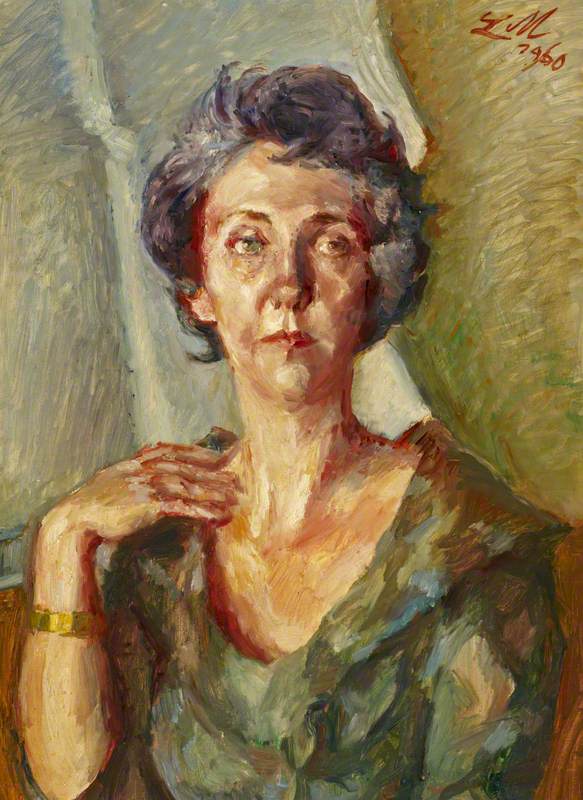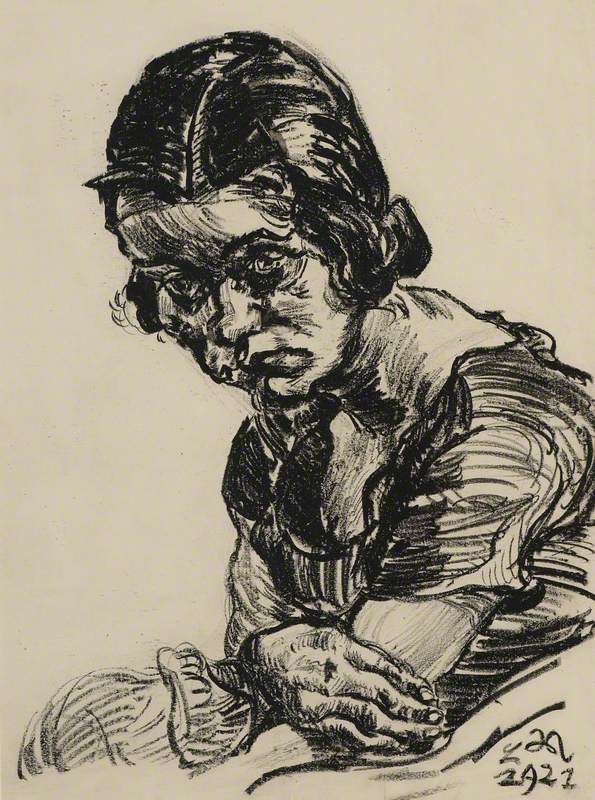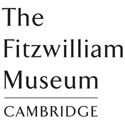German painter, graphic artist, and writer, born at Bernstadt, Silesia. In 1903–5 he studied at the Breslau Academy, in 1905–6 he eked out a living as a fashion artist in Berlin, and in 1906–7 he studied at the *Académie Julian in Paris. He was unaffected by avant-garde developments there, although he became a friend of *Modigliani, who did several portraits of him (throughout his life Meidner remained an independent figure who stood apart from the main groups). In 1908 he returned to Berlin, and in about 1912 he began to paint visionary and apocalyptic scenes that gave him a reputation as ‘the most *Expressionist of the Expressionists’ (Apocalyptic Landscape, 1913, Los Angeles County Museum of Art). At the same time he began a period of prolific and equally ecstatic literary work.
Read more
Whilst serving in the German Army, 1916–18, he wrote two books, Septemberschrei (September Cry) and Im Nacken das Sternenmeer (Behind My Head the Sea of Stars). However, his intense Expressionist period ended abruptly and in 1923 he wrote: ‘It is only with the deepest blushes that I can read my youthful work.’ In painting and drawing he now turned mainly to Jewish themes, but for a while he gave up art and became a successful writer of humorous stories for a Berlin newspaper. Growing persecution of Jews led him to leave Berlin in 1935 and settle in Cologne, where he became drawing master at the Jewish Hochschule. In 1939 he fled to England, where he was interned in 1940–41. He returned to Germany in 1953, settled in Frankfurt, and in 1963 moved to Darmstadt. By this time he was almost forgotten, but in 1964 there were celebrations in Germany to mark his 80th birthday. Werner *Haftmann (Painting in the Twentieth Century, 1965) describes Meidner as ‘a visionary and prophet of high stature endowed with keen feeling for the soul of his time, yet utterly unable to draw’.
Text source: A Dictionary of Modern and Contemporary Art (Oxford University Press)








